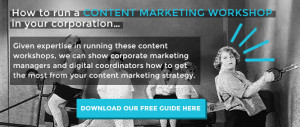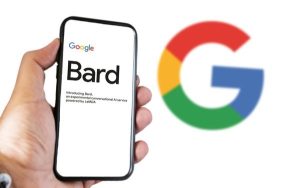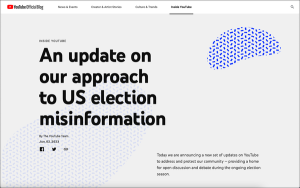With the content world all abuzz about different content amplification strategies, our guest contributor and tech writer Ivan Serrano discusses how to rise above in this highly competitive scene.
You’ve probably heard people recite “content is king” over and over again that the phrase is embedded into your brain. Even Google has touted the importance of good content over link building. In fact, 90% of B2B marketers already use content marketing as part of their strategy. Interestingly, only 20-30% of the marketing budget goes to actual content creation while 70-80% goes to amplification. Why is that? Although good content is important, competition is fierce. In 24 hours there are four million shares on Facebook, 144.8 million emails sent, 45 million photos uploaded to Flickr and Instagram and 499,860 entries posted on WordPress.
If you haven’t guessed it already, it now takes more than just good content to stand out from the crowd. Sharing also shouldn’t be the end-all be-all of your marketing campaign, unless your entire business is content. What most companies really expect from content amplification is what happens after the share – whether that’s links, leads, sales or increased brand awareness. So how do you create a successful amplification strategy?
Set your goals
Too often companies think that they only need to churn out content for the sake of having something new to post on social networks. But content that doesn’t have matching tones or structure will only confuse your audience. So before you even start typing up that post or posting that image, ask yourself what you want to achieve. Do you want to increase your sales or build links? Once you have a clear purpose in mind, you will find it much easier to create cohesive content.
Find your audience
Content without an audience is effectively useless. If you want to reach your goals, you need to create a profile for your target demographic. Where do they get their information? Who do they respect and admire? How do they prefer to consume content? If you understand your audience, you will be able to craft content that promotes engagement and, at the end of the day, helps achieve your end goal.
If you already have an audience, remarketing via Google Adwords can help boost your conversions by up to 400% as it connects to your target audience most likely to convert.
Have a strategy
Shareable, viral content doesn’t “just happen”. It requires a lot of time and thought to find the perfect intersection between user, channel and content. In order to increase your brand awareness you will need to come up with different strategies to amplify your content. This can mean that you spend money on paid promotions on Facebook, Twitter or other social networks. Not only is it incredibly affordable, many of these networks allow you to segment your ad so that it reaches your exact demographic. These paid promotions are also highly effective . In fact, 77% of Facebook pages found their audience through promoted posts.
Also, remember that you need an individual strategy for each platform you use. Users on your site might not mind reading a post loaded with information, but users on Twitter are looking for short, easy to digest information. Find creative ways to use the information from your primary resource into smaller pieces of content for other sites.
Benefits of content amplification
If executed properly, you can increase the size of your audience, improve engagement and ultimately increase brand recognition. So, before you hit that publish button, ask yourself: Does my content actually serve a purpose and an audience?
Business Articles | Business 2 Community
(442)






